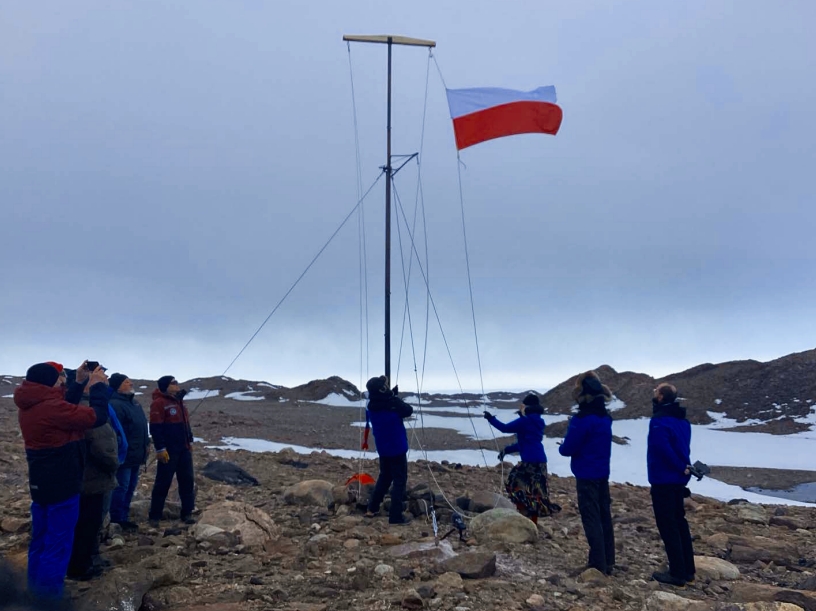Poland has reactivated its Antoni Bolesław Dobrowolski research station located near the Algae Lake on Wilkes Land in eastern Antarctica.
It is the oldest Polish Antarctic station, having originally been built by the Soviet Union in 1956, but it has remained unused by Polish personnel since 1979.
Interest in the station increased only in recent years. In 2018, the Polish Ministry of Science and Higher Education supplied funds to the Polar and Maritime Research Center of the Institute of Geophysics of the Polish Academy of Sciences (PAN) in order to revitalize the station.
The academy had informed that in November 2021 a special expedition was launched to the station to assess its functionality. The station’s foundations were found to stable as they were built on rocks and not on ice sheets — because of this they do not change their position as a result of ice shifts.
The goal of the expedition was to commence research on deep Earth structures and the generation of the Earth’s magnetic field. One of the team members, professor Marek Lewandowski, emphasized that the area in which the station was located was special because it allowed for the observation of the structure of the Earth’s core, from a place which was not polluted by human activity or seismic waves.
On Jan. 8, 2022, the expedition had reached the station and by Jan. 23, the anniversary of the USSR giving the station to Poland, a Polish flag once again flew above the facility as the station was officially re-activated.
The Soviets, who named the station ‘Oasis’ only used the facility for two years. On Jan. 23, 1959, the station was handed over to Poland. During the first research expedition to Antarctica by Polish scientists, the station was renamed after geophysicist, Antoni Bolesław Dobrowolski.
Poland also possesses another station in Antarctica — the Henryk Arctowski station. It is located on King George Island in the South Atlantic and has been operating since 1977. Its primary focus is on biological, ecological and oceanographic research.





